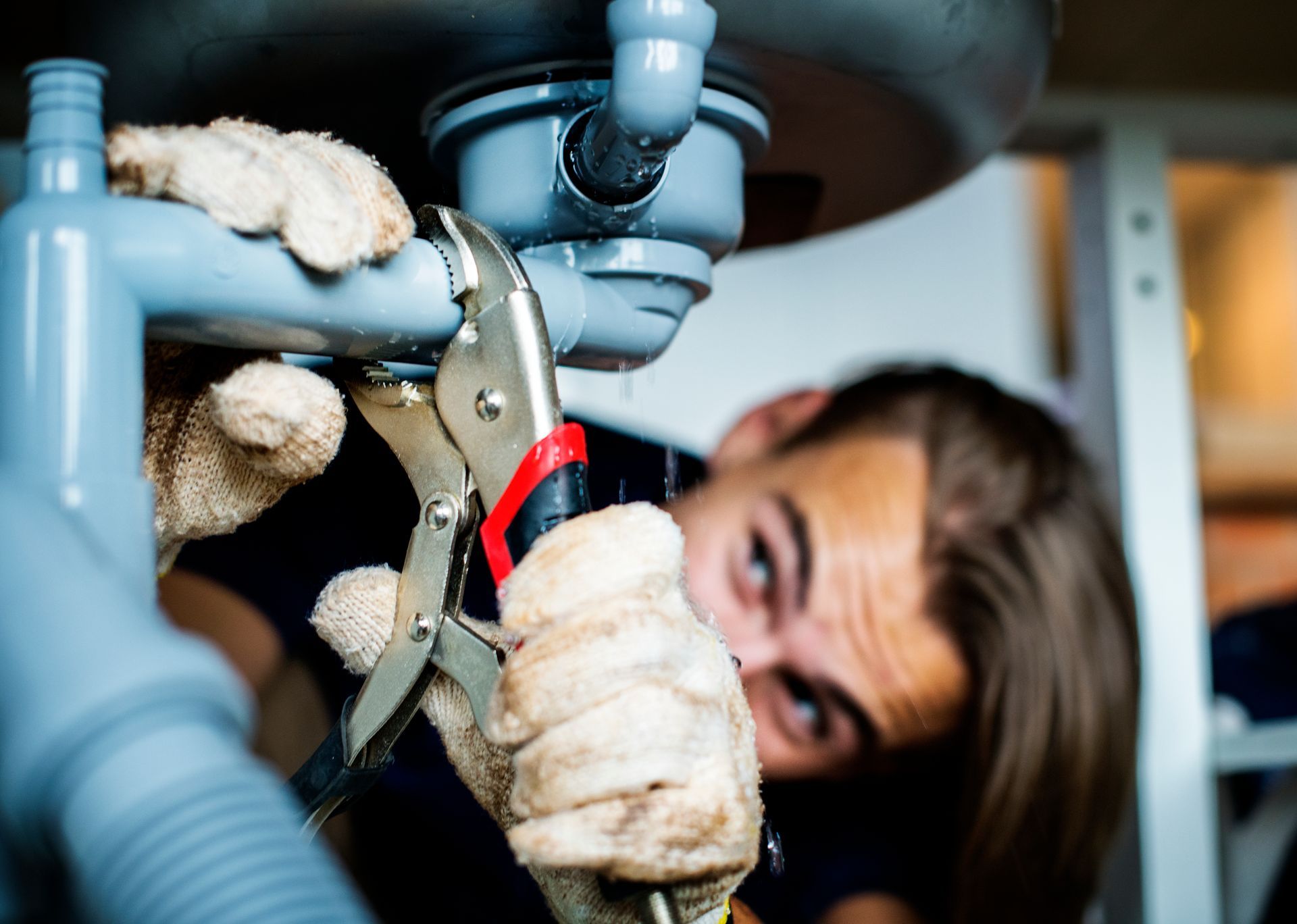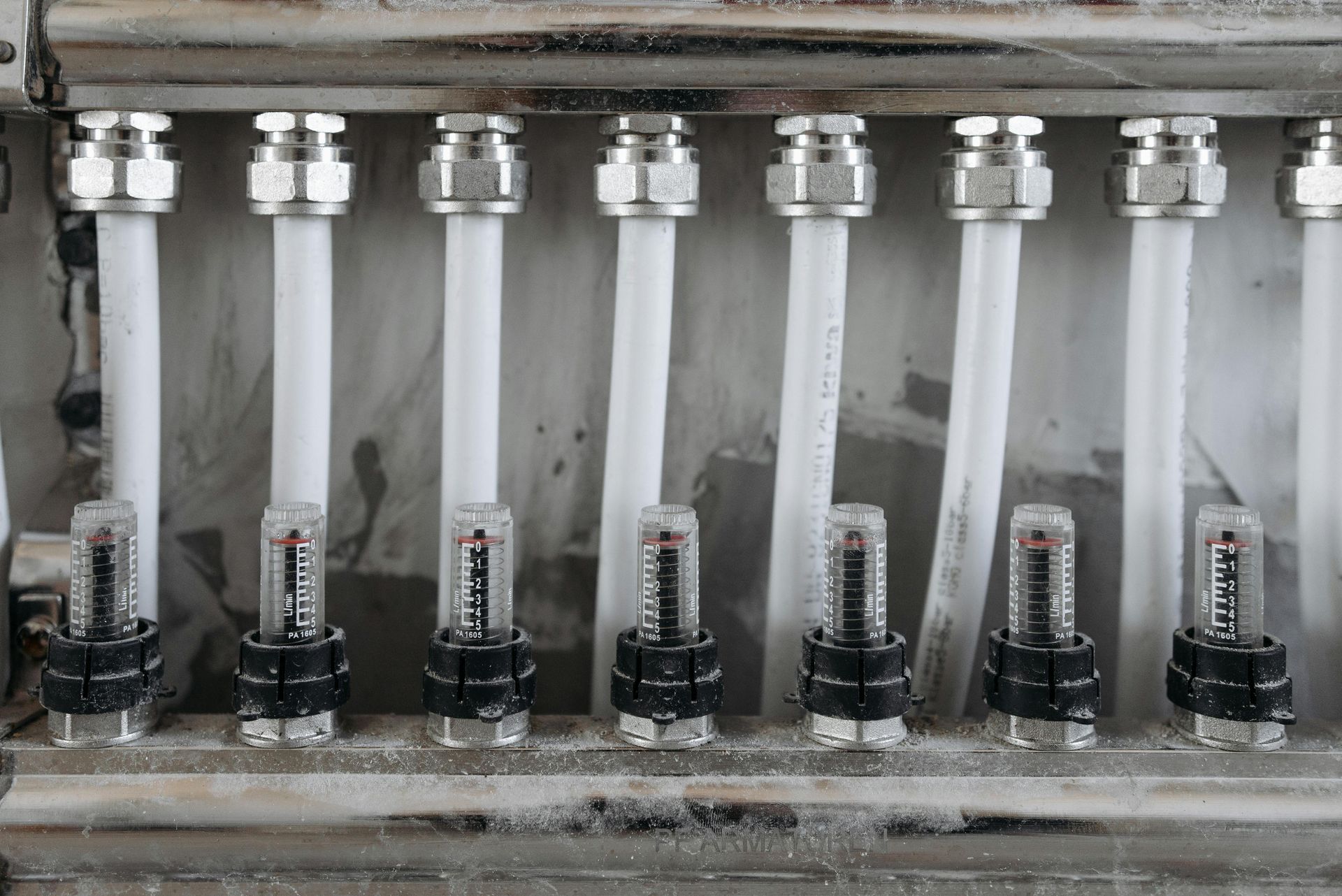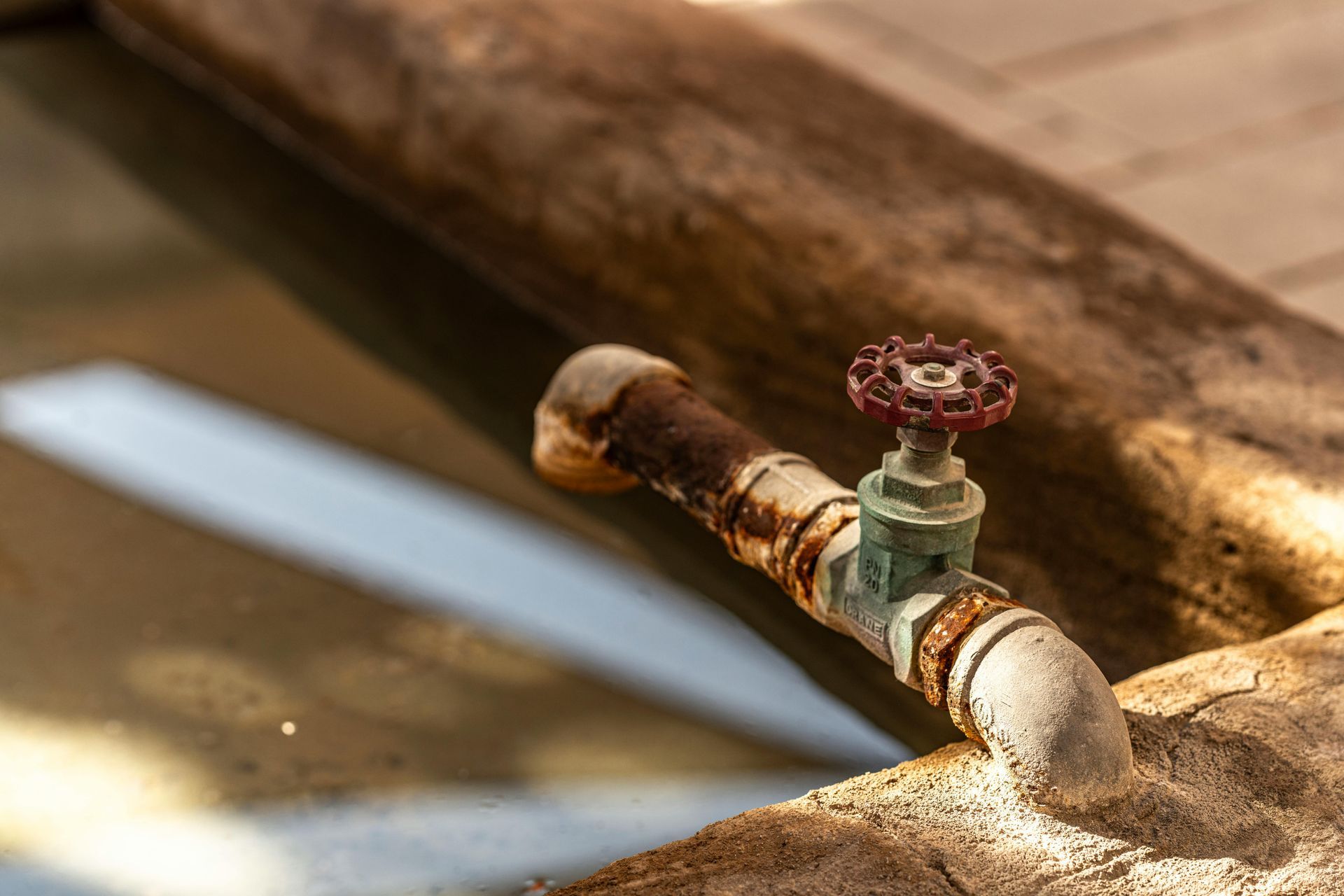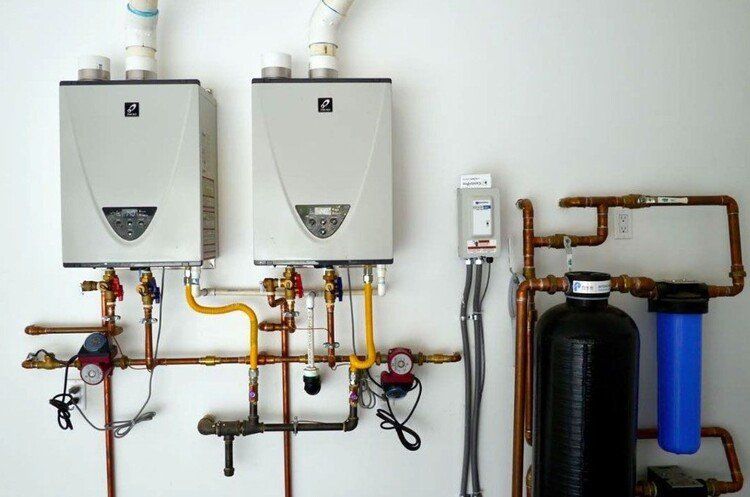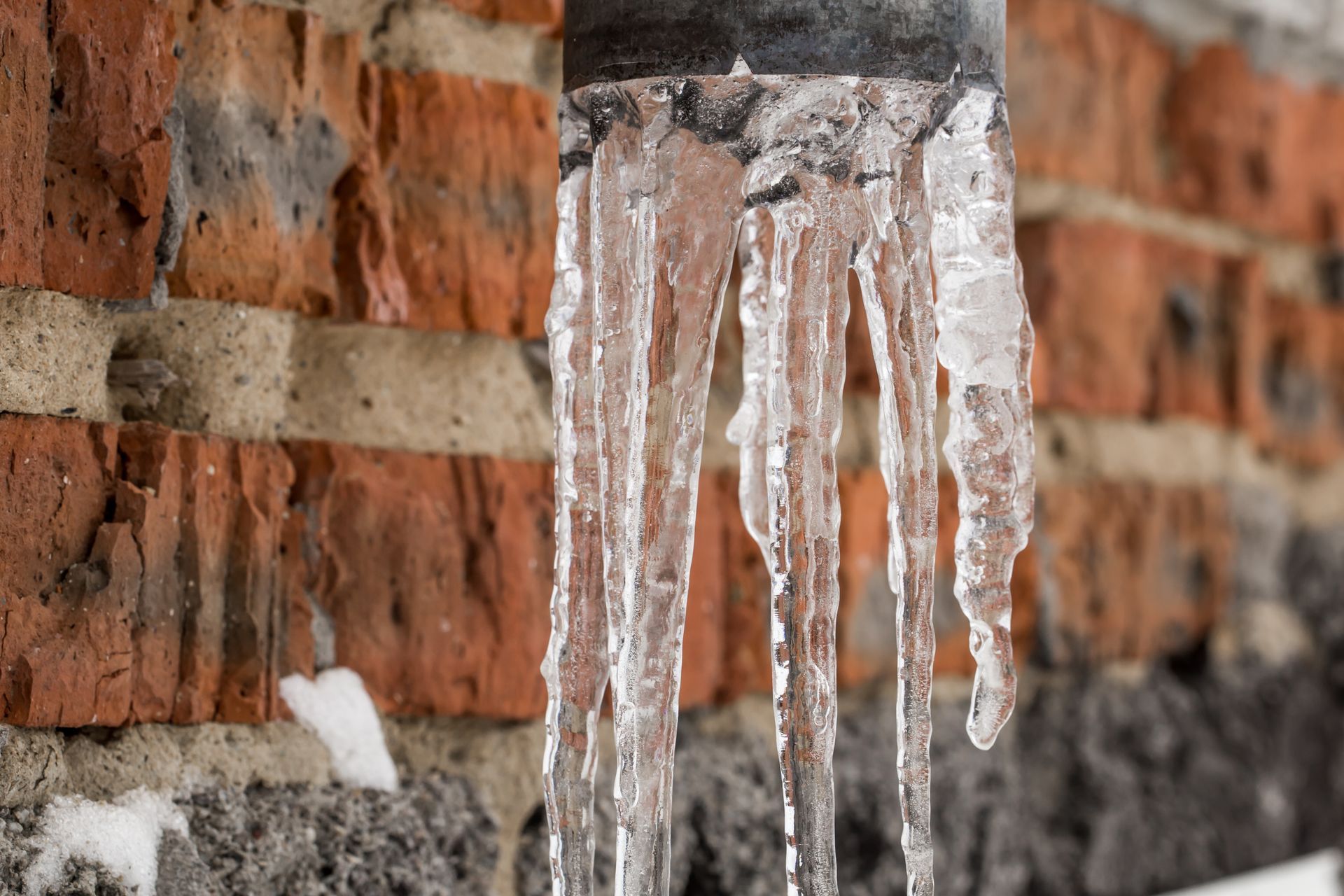How To Prevent Sediment Buildup In Your Water Heater Tank?
Sediment buildup in water heater tanks is a common but serious issue that can significantly impair the efficiency and lifespan of water heaters. Over time, minerals and debris within your water supply settle at the bottom of the tank, forming a layer of sediment that causes problems ranging from energy inefficiency to costly repairs. This comprehensive article will elaborate on professional strategies for preventing sediment accumulation, highlighting the importance of routine maintenance and water quality control while underscoring the vital role that trusted experts like All City Plumbers play in ensuring your water heater's health. Additionally, understanding that noisy pipes could point to bigger problems helps homeowners address issues before they escalate.
What Is Sediment Buildup and Why Is It Problematic?
Sediment primarily consists of minerals such as calcium and magnesium, especially prevalent in hard water areas. When water is heated inside the tank, these minerals precipitate and accumulate, forming a sediment layer. This buildup hinders heat transfer efficiency, causing your water heater to work harder and consume more energy to reach the desired temperatures.
Beyond reduced efficiency, sediment accumulation can accelerate corrosion inside the tank, resulting in leaks or complete tank failure. The sediment can also contribute to clogging valves and pipes, affecting overall water flow and quality. As a cautionary note, noisy pipes could point to bigger problems related to sediment or other plumbing issues and warrant immediate attention.
The Importance of Regular Flushing and Draining
Regular flushing of the water heater tank is widely recognized as the most effective and practical preventive measure against sediment buildup. Ideally, this task should be performed annually, but if your area has particularly hard water, more frequent flushing might be necessary. The process involves turning off the water heater’s power or gas supply, attaching a hose to the tank’s drain valve, and safely draining water until sediment deposits are removed.
Flushing helps expel accumulated minerals and debris, restoring the tank’s operating efficiency and extending its service life. Doing this correctly often requires professional expertise to avoid damage to the tank or plumbing system. Trusted providers like All City Plumbers offer expert flushing services and can provide guidance on appropriate schedules customized to your water quality and usage patterns.
Controlling Water Quality to Minimize Sediment
Since sediment originates from minerals dissolved in your water, enhancing water quality is crucial. Installing a water softener is an effective solution, especially in areas with hard water. Water softeners work by replacing calcium and magnesium ions with sodium or potassium ions, greatly reducing the potential for mineral deposition inside your water heater tank.
Additionally, sediment filters can be installed on the main water line to capture larger particles before they reach the heater. Regular maintenance of these filters prevents clogging and ensures continued protection. Expert plumbers can assess your water quality and recommend the best combination of water treatment solutions suited to your home’s needs.
Proper Temperature Settings and Insulation Practices
Setting your water heater to the recommended temperature—generally around 120°F (49°C)—helps deter rapid mineral precipitation. Higher temperatures accelerate sediment formation, leading to faster buildup and increased energy consumption. Maintaining an optimal temperature balances sediment control with energy efficiency and safety.
Insulating your water heater tank and pipes also contributes to controlling temperature fluctuations, reducing thermal cycling that encourages mineral settling. Insulation maintains stable water temperature and reduces energy loss, improving overall system performance and reducing wear on components.
Recognizing Warning Signs and Seeking Professional Help
One crucial aspect of water heater maintenance involves paying attention to early warning signs of sediment problems. Besides decreased heating efficiency and reduced hot water availability, homeowners should note unusual sounds coming from the heater or plumbing. As mentioned earlier, noisy pipes could point to bigger problems like sediment buildup or mechanical issues.
When such signs are observed, calling professional plumbers such as All City Plumbers is recommended. These experts offer thorough water heater inspections, flush sediment effectively, diagnose underlying issues, and offer solutions to prolong the life and performance of your water heater.
Conclusion
Preventing sediment buildup in your water heater tank requires a combination of scheduled maintenance, water quality control, proper temperature management, and professional inspections. Regular flushing, installation of water softeners and filters, and insulation are key strategies that maintain your water heater’s efficiency and longevity.
By entrusting these measures to skilled professionals like All City Plumbers, homeowners ensure expert care and tailored solutions. Moreover, recognizing symptoms early—such as noisy pipes could point to bigger problems—enables timely intervention, avoiding costly repairs or emergency services. Proactively managing sediment buildup keeps your water heaters running smoothly, efficiently, and reliably for years to come.

